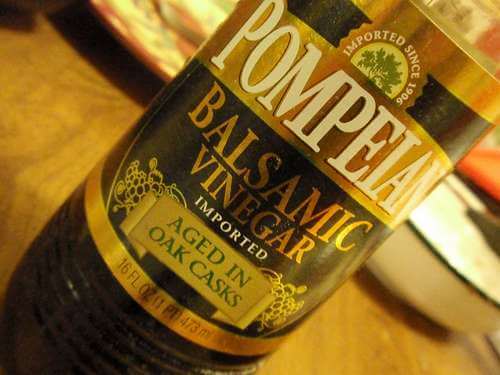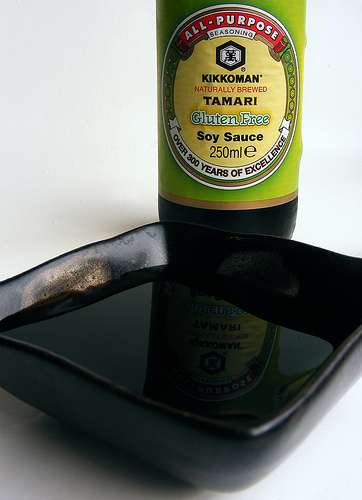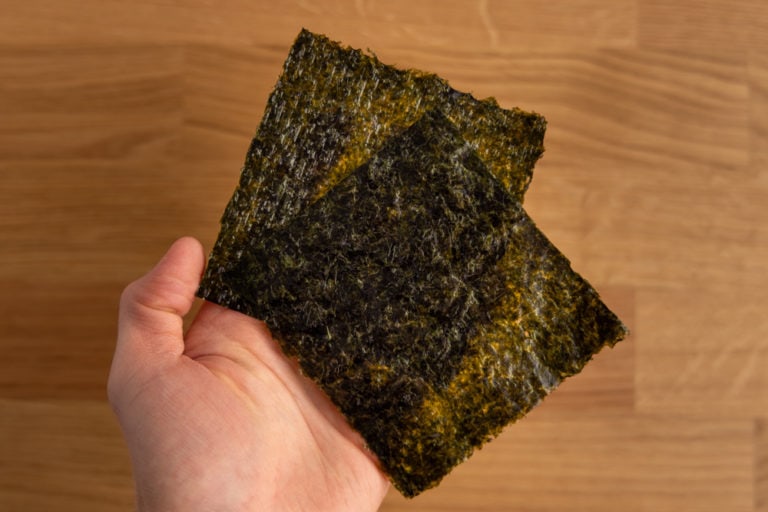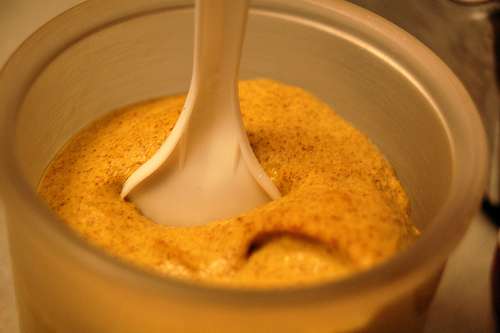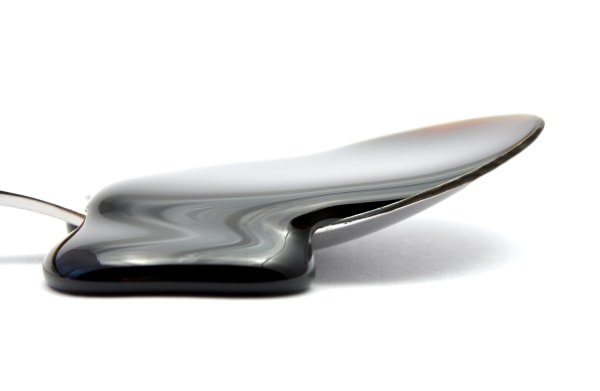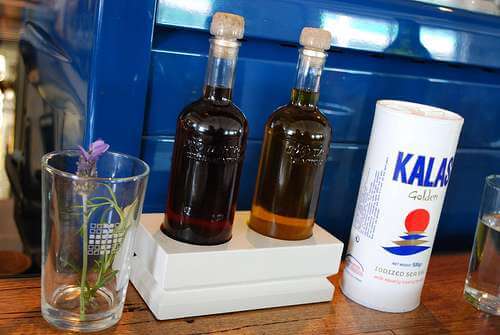How Long Does Tomato Paste Last and How to Tell if It’s Bad?
Do you know what’s the worst thing about tomato paste? It’s the fact that most recipes need only a tablespoon or two.
You open a can of tomato paste, use as much as you need for a dish, and put the rest in the fridge. And after a few days, you start wondering: how long does tomato paste last in the fridge?
Or maybe yours has been in storage for some time, and you want to know how to tell if tomato paste is bad.
Sounds familiar?
If so, this article is for you. Read on.
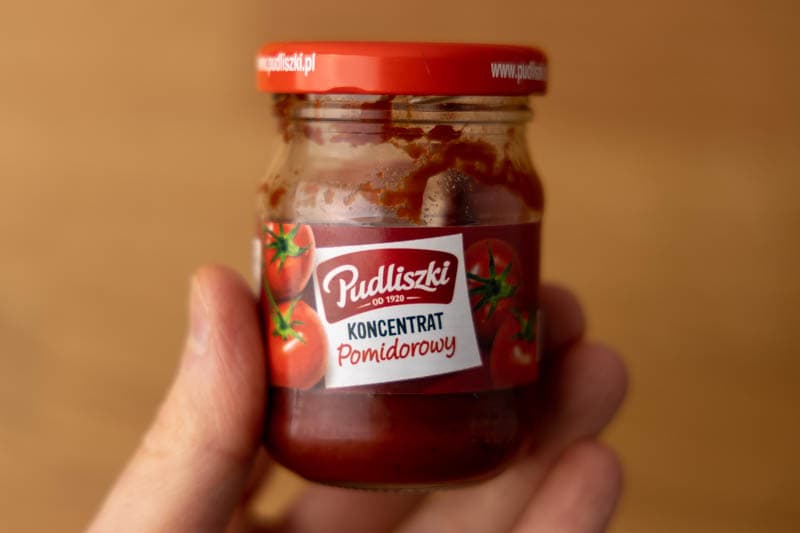
How Long Does Tomato Paste Last
| Pantry | Fridge | |
|---|---|---|
| Tomato paste (unopened) | Best by + 6 months | |
| Tomato paste (opened) | 5 -7 days | |
| Tomato paste in a tube | 45 days |
How Long Does Tomato Paste Last in The Fridge?
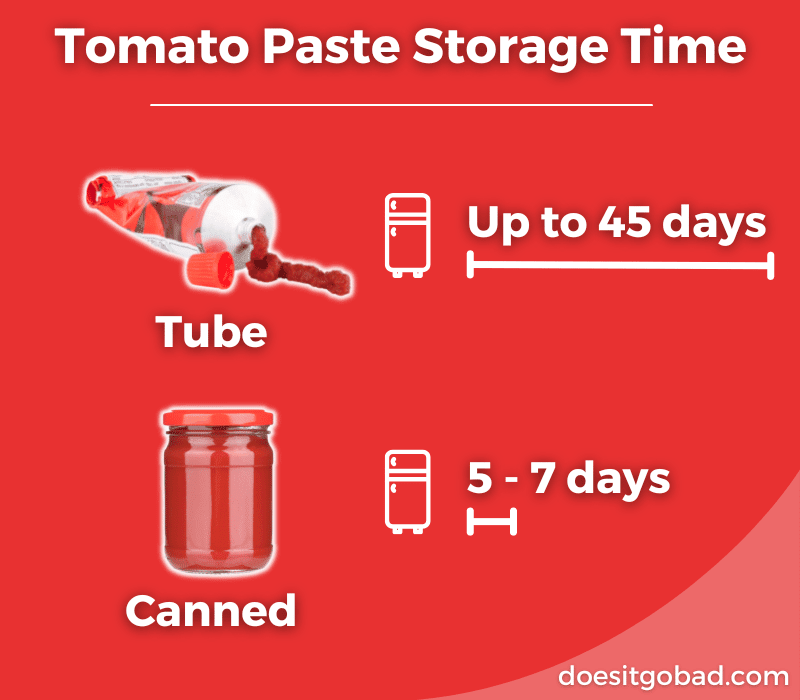
Open canned tomato paste stays fine for about 5 to 7 days in the fridge, provided you seal it tightly. Tomato paste tubs often last much longer, even up to 45 days after opening.
The 5 to 7 days period for canned tomato paste isn’t that long, especially considering that you usually use only a few teaspoons at a time.
The longer storage period that the tubs offer is a good option if your tomato paste leftovers often go bad, but it comes at a cost: the tubs are pretty expensive. So if you want to get more bang for your buck, it’s better to go with regular cans and freeze the leftovers.
(I cover freezing later in the article.)
Some sites may tell you that open canned tomato paste lasts much longer than the mentioned period, but that’s not been my experience.
Sure, it might look okay for like 10 to even 14 days, but sooner or later, it’ll start to grow mold. Tomato paste is acidic but not acidic enough to prevent mold growth.
Expired Tomato Paste
Canned tomato paste has a shelf life of 1 to 3 years and easily lasts for months beyond the printed date. As long as the seal stays intact and the can is not dented, bulging, or starting to rust, the paste should be safe to eat.
Of course, if you store it for a really long time (like a few years past the printed date), it might not be that great quality-wise, but unless there’s something wrong with the container, the paste should be safe to eat.
(It works the same way for other condiments, say BBQ sauce or horseradish sauce.)
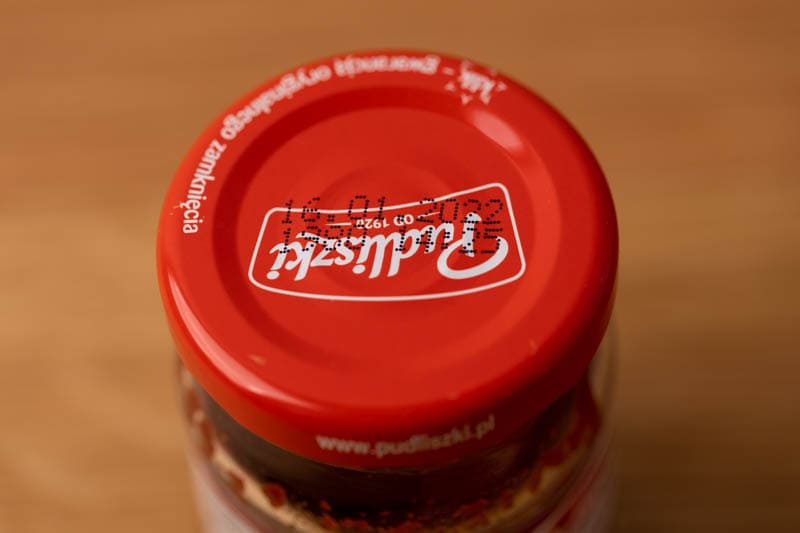
How to Tell if Tomato Paste Is Bad?
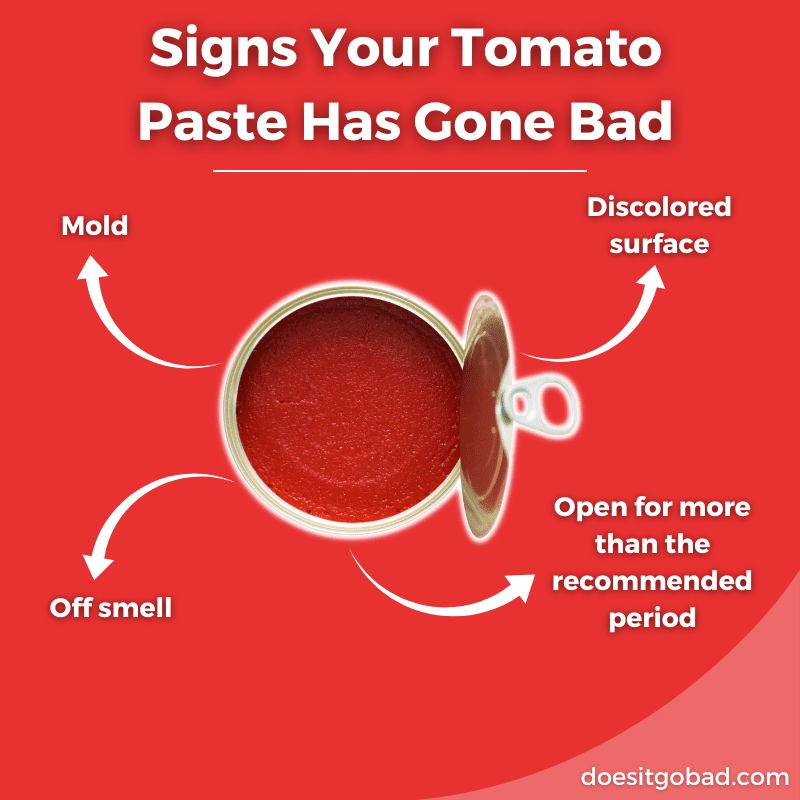
Discard your tomato paste if it’s moldy, the surface is discolored, or it smells off. If the paste starts getting watery, it’s likely still safe to eat, but the quality might not be the best, and you probably should toss it because of that.
Mold growth is the most obvious sign of spoilage for tomato paste. If you notice any white fuzz on the surface, that tomato paste is gone. And no, scooping the moldy area and using the rest isn’t an option.
Besides mold, look for discolorations. Tomato paste isn’t hot sauce, which is known for darkening over time.
Next up, give the paste a good whiff before using. If there’s anything off about how it smells, chances are it’s bad.
Finally, look for any changes in the texture. These aren’t particularly common, so if your tomato paste looks and smells okay, it’ll usually taste fine too.
Finally, err on the side of caution. If something tells you that your open tomato paste is past its prime, throw it out. No need to risk foodborne ilness.

How to Store Tomato Paste?
Tomato paste usually comes in one of three types of containers: cans, glass jars, or tubes. But when it comes to storage guidelines, they are basically the same for each.
As long as the container is unopened, keep it in a cool and dry place, away from heat sources. And if it’s a glass jar, remember that it shouldn’t sit in sunlight.
The pantry or a kitchen cabinet is the natural place to store tomato paste. Just make sure the cupboard or shelf isn’t near the oven or a radiator.
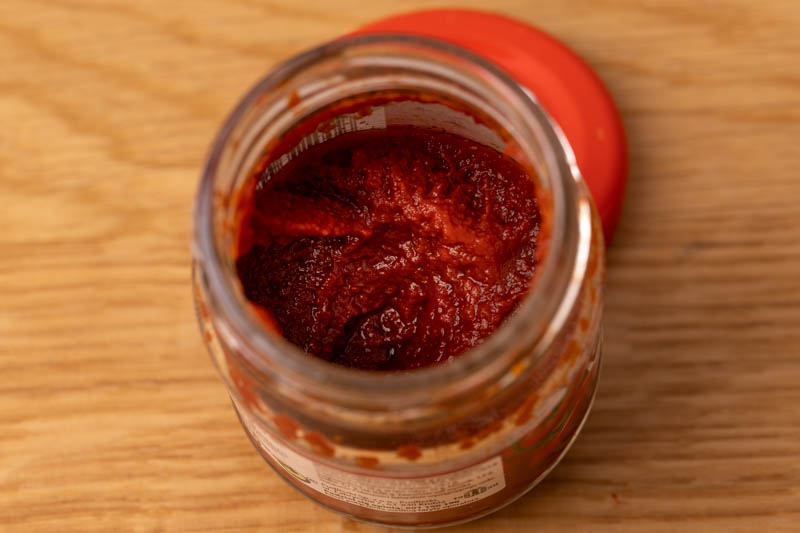
Once you open the container, the tomato paste should be tightly covered and put into the fridge when not in use.
While sealing glass jars or tubes is not an issue, cans are more tricky.
You can seal those with cling wrap or a plastic bag and a rubber band. Or transfer the remaining paste into an airtight container or a glass jar.
If possible, go with a container or a jar. Those options produce less waste than cling wrap or plastic bags.
Of course, as you already know, tomato paste doesn’t last that long. Fortunately, with only a bit of extra work, we can prolong its shelf life for months.
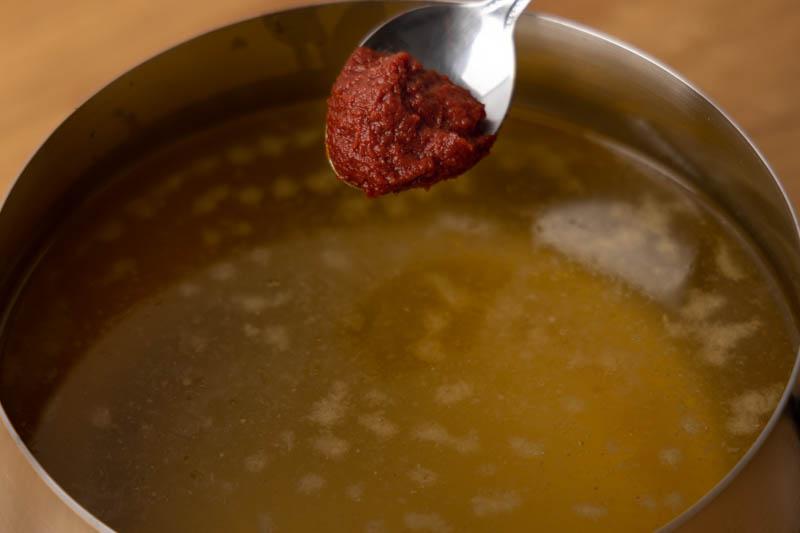
Can You Freeze Tomato Paste?
You can freeze tomato paste.
The downside is that the quality degrades slightly once you defrost the paste. Fortunately, tomato paste is most often used in cooked dishes, where that minor change is hardly noticeable.
While you can transfer the remaining paste into a freezer-safe container and chuck it into the freezer, there is a better way. Enter freezing in ice cube trays.
Freezing in ice cube trays is easy and requires little work and cleanup. Here’s how to do it:
- Transfer the paste into the tray.
- Put the tray into the freezer and leave it there for a few hours until the cubes are solid.
- Take the tray out of the freezer and transfer the cubes into a freezer bag. Add a label with the name and date if you like.
- Put the freezer bag into the freezer.
Simple, right? It takes little time and all you need to do after the whole process is to wash the ice cube trays.
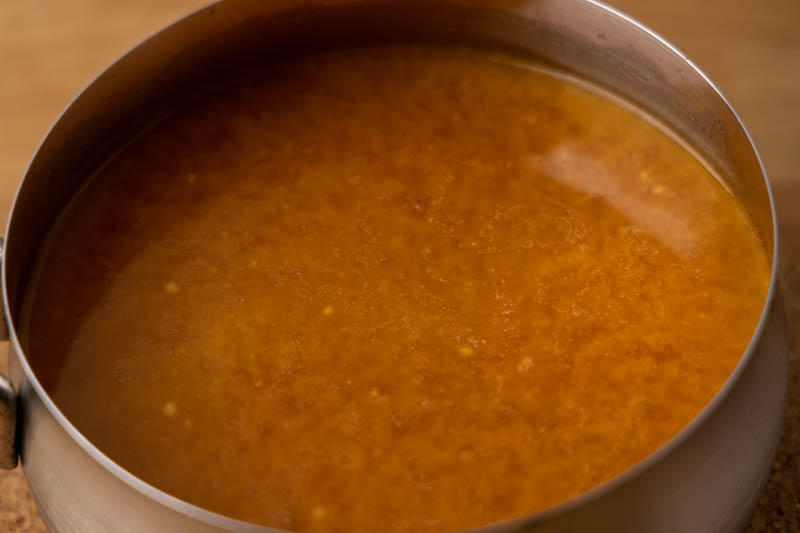
Going this way has two benefits:
- You can defrost as much as you need without thawing the whole thing
- If you’re using the paste in a recipe cooked on the stove, often you can skip thawing
If the ice cube trays are too small, you can always use a muffin tray instead.
Rotten Records: Share Your Snap!
Caught some food past its prime? Upload your photo to “Rotten Records” and help others spot the signs of spoilage. Every image makes our food community safer and more informed!
